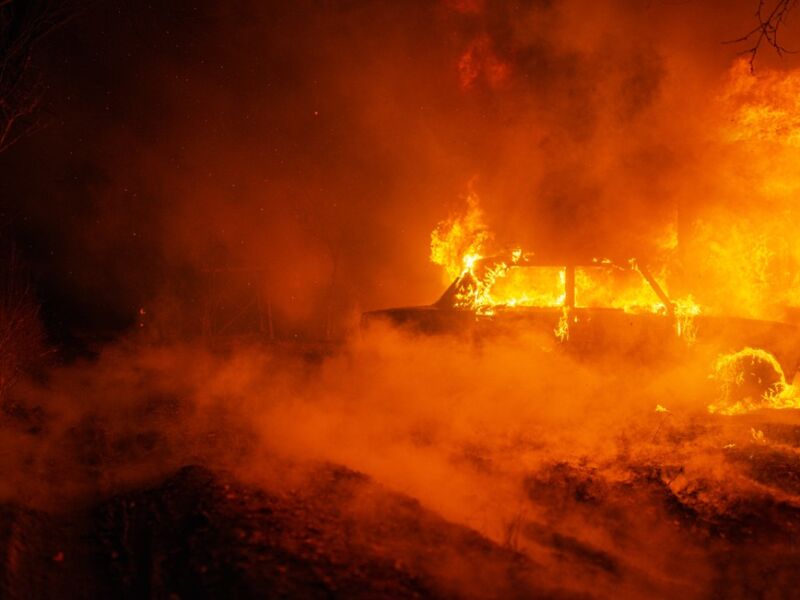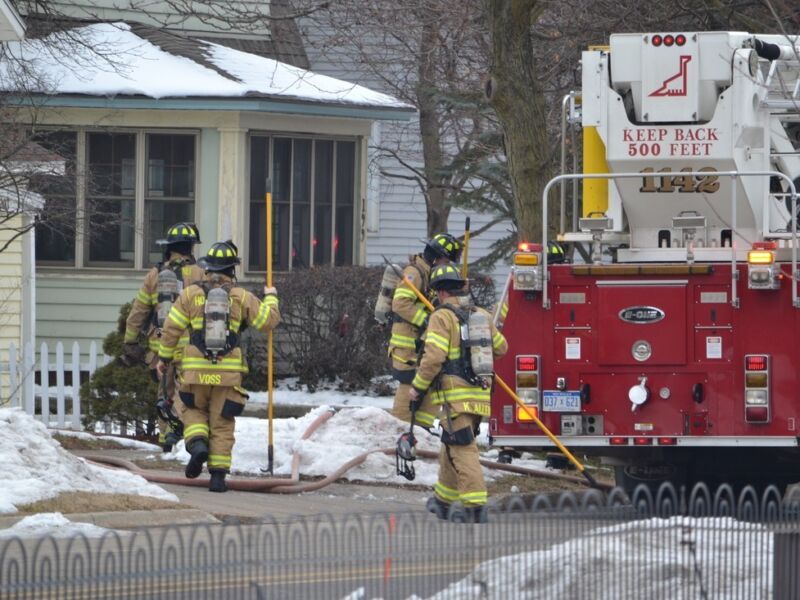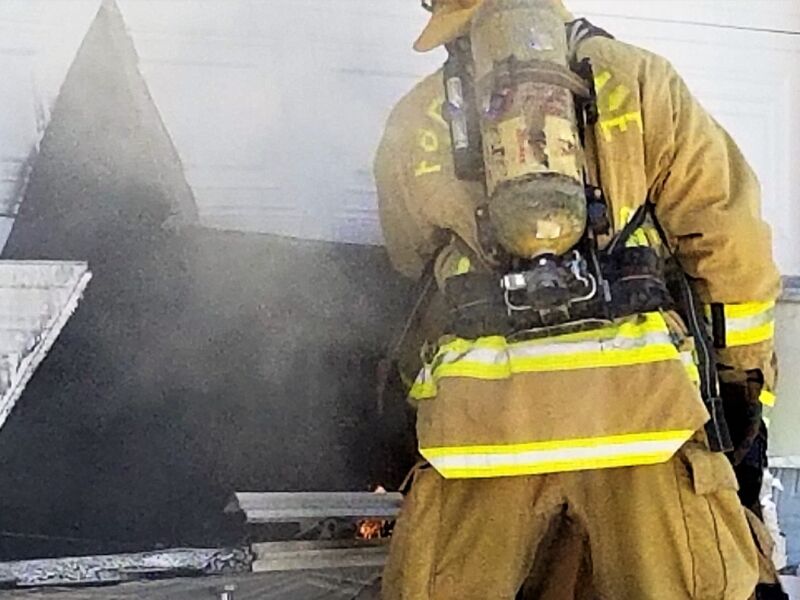
The Complexities of Restoring Fire-Damaged Documents
Restoring fire-damaged documents is a complex and delicate process that requires specialized knowledge and techniques. When documents are exposed to fire and smoke, they can suffer from various types of damage, including charring, discoloration, warping, and odor absorption. These challenges make document restoration after a fire a meticulous and time-consuming task.
The Impact of Fire and Smoke on Documents
When a fire occurs, the high temperatures and flames can cause documents to ignite and burn. The intensity of the fire determines the extent of the damage, with some documents being completely destroyed. However, even if the documents don’t burn completely, they can still be affected by smoke and soot.
Smoke and soot particles are small and can easily penetrate the fibers of paper, causing discoloration and leaving behind a strong, unpleasant odor. The longer the documents are exposed to smoke, the harder it becomes to remove these particles, making the restoration process more challenging.
Document Restoration Techniques
Document restoration professionals employ a variety of techniques to restore fire-damaged documents. These techniques aim to remove soot and smoke particles, reduce discoloration, and eliminate odors. The methods used may include:

- Dry Cleaning: Dry cleaning involves using specialized sponges or brushes to gently remove loose soot and dry residue from the surface of the documents.
- Vacuuming: Vacuuming with a HEPA-filtered vacuum cleaner helps remove loose particles and debris from documents without causing further damage.
- Absorption: Absorbent materials, such as activated charcoal or baking soda, can be used to remove lingering odors from documents.
- Air Purification: HEPA air purifiers and ozone generators may be employed to filter the air and neutralize odor-causing molecules.
- Humidity and Temperature Control: Creating a controlled environment with optimal humidity and temperature levels can help prevent further damage and promote the drying process.
The Importance of Professional Document Restoration
Restoring fire-damaged documents is a task best left to professionals who have the necessary expertise and equipment. Handling delicate documents requires specialized skills to avoid further damage during the restoration process. Professional document restorers have access to advanced restoration techniques and tools that enable them to salvage as much information as possible from fire-damaged documents.
Attempting to restore documents without the proper knowledge and equipment can lead to irreversible damage and the loss of valuable information. Therefore, it is crucial to seek the assistance of qualified document restoration professionals to ensure the best possible outcome.
FAQs
What are the challenges of restoring fire-damaged documents?
Can I restore fire-damaged documents myself?
Important Facts and Statistics about Fire Damage and Document Restoration
Fire Damage:
- In 2019, there was a 43% decrease in structure fire deaths in one- or two-family homes compared to 1980.
- Public fire departments responded to an estimated 1,318,500 fires in the United States in 2018.
- The death rate in homes without smoke alarms or working smoke alarms was reported to be almost twice as high.

Document Restoration:
- Restoring fire-damaged documents involves techniques such as dry cleaning, vacuuming, absorption, air purification, and humidity and temperature control.
- Professional document restoration is crucial to prevent further damage and ensure the best possible outcome.
By understanding the challenges and complexities of restoring fire-damaged documents, individuals can appreciate the importance of seeking professional assistance for document restoration after a fire.



